When you work with natural fibers and sustainable materials, one of the greatest sources of confusion is the relationship between hemp and marijuana. Are they the same, or are they different? I can’t tell you how many times I’ve brought up the subject of hemp clothing or hemp paper, only to be asked: “Can I smoke it?”
Most of the time, of course, people would simply ask this in jest. But even in jest, there are shades of truth. The fact is, most people aren’t exactly sure what the difference is between the hemp that makes clothing and the marijuana that makes you giggle and crave Ben & Jerry’s.
Understandably, the distinction can be a little confusing. After all, that five-pointed leaf is pretty unmistakable. And Cannabis sativa is Cannabis sativa, right? Well, sort of.
Hemp and marijuana both belong to the same species of flowering plant. The main difference is that marijuana strains have been bred for their potent psychoactive properties, while hemp refers to the industrial strains that are non-intoxicating but have a multitude of other uses and benefits.
NOTE: This article first appeared in May 2019, most recently updated in May 2024.
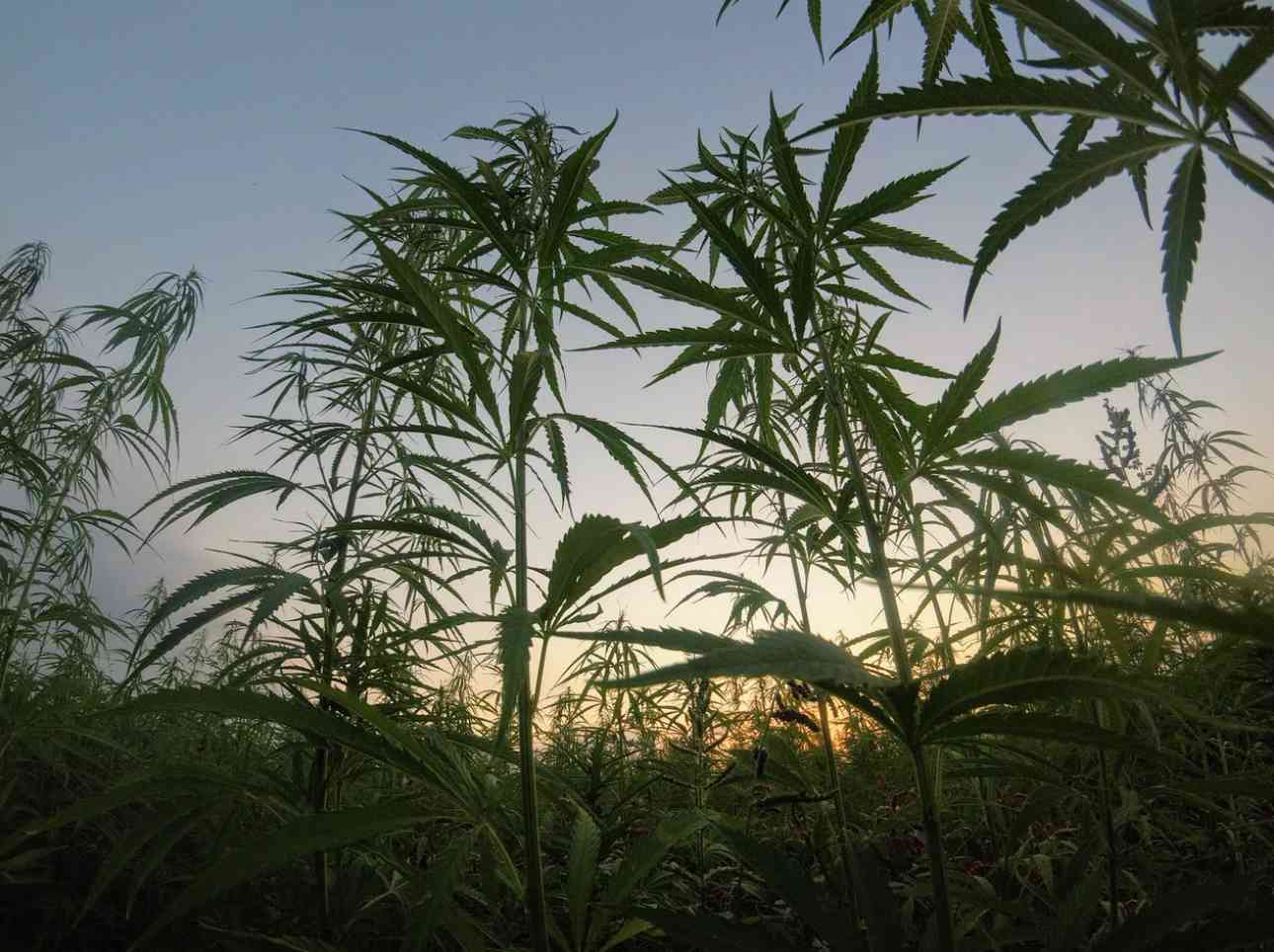
Yes, we cannabis
It’s true, hemp and marijuana are both cannabis plants, and for the most part, they are Cannabis sativa. The leaves look very similar, and in some cases identical. And botanically speaking, they belong to the same species. That means the pollen of a hemp plant can fertilize the flowers of a marijuana plant, and vice versa.
And at last, according to Johnny Law, they are one and the same. At least, if Johnny Law is a federal agent. But we’ll get to that.
So what’s the difference?
The way I like to explain it is this: poodles and pit bulls.
Both of these dogs belong to the same species, Canis familiaris. They are all dogs, and we all know a dog when we see one. And as members of the same species, a male pit bull can fertilize a female poodle. So long as they can overcome certain mechanical challenges.
At the same time, we can easily tell the difference between a poodle and a pit bull. You wouldn’t carry a pit bull in a purse, and you wouldn’t train a poodle to protect your home from burglars.
Similarly with hemp and marijuana, they do belong to the same species. But they are not difficult to distinguish.
Now this is only an analogy, and maybe not a perfect one. But it’s pretty accurate. These days there are hundreds of varieties of cannabis, mostly high-grade marijuana, with all kinds of fancy names. And some varieties are more distinct than others. Somewhat like show dogs.
Other distinctions
Another way to know for certain that they are different is because many countries have managed to grow hemp while maintaining strict laws against marijuana. Typically, the laws in those countries say that if it contains less than one percent THC (the most important psychoactive compound), then it’s hemp.
Anything with more than one percent THC is illegal. And in the U.S., the new limit on industrial hemp is 0.3 percent THC. But the fact is, the marijuana people smoke these days typically has at least 4 or 5 percent THC, but usually more like 20 percent or more.
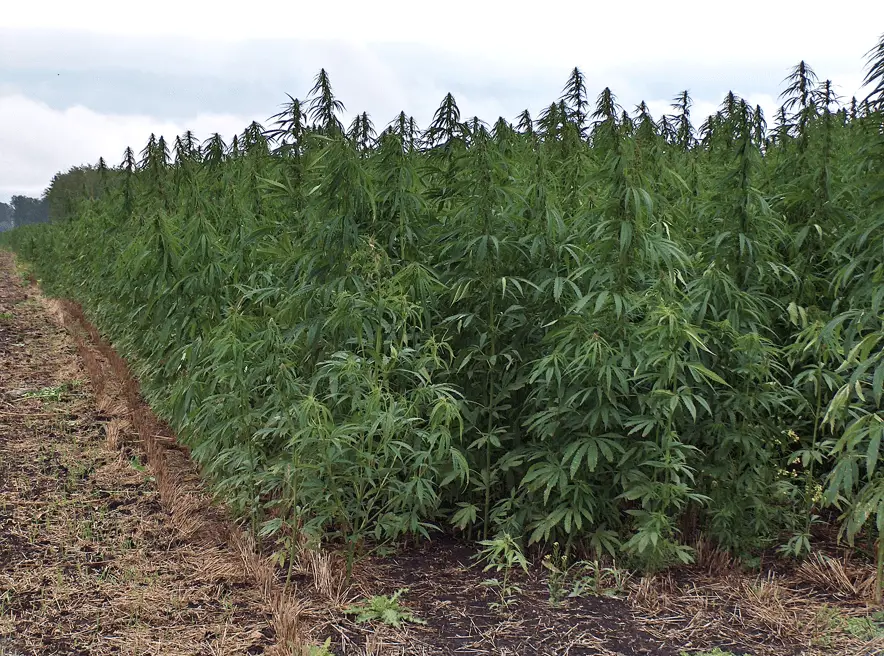
Sometimes, however, in places like Nepal, mountain hemp is in small production, and marijuana use remains illicit but common. My understanding is that these small producers are actually working with varieties that are tall and fibrous but still have enough THC to do the job.
In general, however, it’s pretty easy to recognize a hemp farm, with its tall, lanky plants, in long, crowded rows. It looks more like corn growing. Marijuana tends to be shorter and bushier, with the high-grade stuff requiring quite a bit more individual attention.
It’s also true that even a non-psychoactive hemp plant can smell pretty fragrant. But it won’t have the same degree of resinous stickiness. And the aroma isn’t nearly as strong.
Males and females
A common misnomer, which I’ve often heard, says that marijuana comes from the females and hemp comes from the males. Now there’s just enough truth in that statement to make it sound believable. But it’s simply wrong.
When growing for the potent, resin-producing tops, pot farmers will keep the flowering females and eradicate the pollen-producing males. Otherwise, the males will pollinate the females, and the flowers will be loaded with seeds. Maybe that was OK for Cheech and Chong back in the 70s, but today? Not cool.
With a hemp farm, on the other hand, you plant acres of seeds and come what may. Whether they produce male or female flowers has no bearing on the quality of fibers. And furthermore, who has time to wander through a hemp field at the cusp of flowering season to pull out the females?
On a side note, I always wondered why the D.E.A. never figured this one out. Though I’m grateful that they didn’t. But if they’d flown over Northern California with a couple dozen bushels of male hemp flowers, they could have ruined billions of dollars worth of top-shelf ganja.
After all, the hemp can pollinate the marijuana, and a seedy crop would be worth only a fraction of its value. Once the females are pollinated and go to seed, their frantic production of resin and hyper-developed calyxes goes way down. Not only that, the seeds would be of no real use either, just unwanted hybrids of high-grade weed and industrial-grade hemp.
Breeding and selection
If we get back to the canine analogy, we can understand even more about cannabis. Consider the origins of domesticated house dogs. In former times, our ancestors lived among wolves. Over time they noticed that some wolves were gentler and more agreeable than others. By selecting those wolves and interbreeding them, they slowly developed a new strain of wolf that was somewhat more loyal and obedient.
With more time and effort, wolf keepers and dog breeders learned to look for and select other characteristics. Over the centuries dogs became very domesticated. And in just the past 200 years, breeders have used artificial selection to create the few hundred dog breeds that we have today.
We can tell this same story about other house pets and most of our cultivated crops. So many of our green vegetables, for example, are actually Brassica oleracea. But after centuries of artificial selection, we have taken this naturally occurring specimen and produced broccoli, kale, cabbage and cauliflower, all from a single species.
Cannabis cultivars
The story of cannabis cultivation goes back thousands of years, to the earliest farmers in China and the Far East. Like any other species of plant or animal that we have domesticated, people first discovered the untamed, common ancestor of hemp and marijuana growing in the wild.
With a little prehistoric trial and error—a combination of curiosity and ingenuity—early humans began to discover the manifold properties of the cannabis plant. Those inclined toward weaving and basketry noticed the strength and utility of its fibrous stalks.
Meanwhile, the practitioners of herbal medicine appreciated its fine aroma, especially as its leaves and flowers smoldered over the fire. And before long, they’d be lying on their backs, gazing up at the stars, listening to the crackling sounds coming from their own dry mouths.
From there, we can find the first major fork in the family tree of cannabis. You might say that one took the low road and one took the high road.
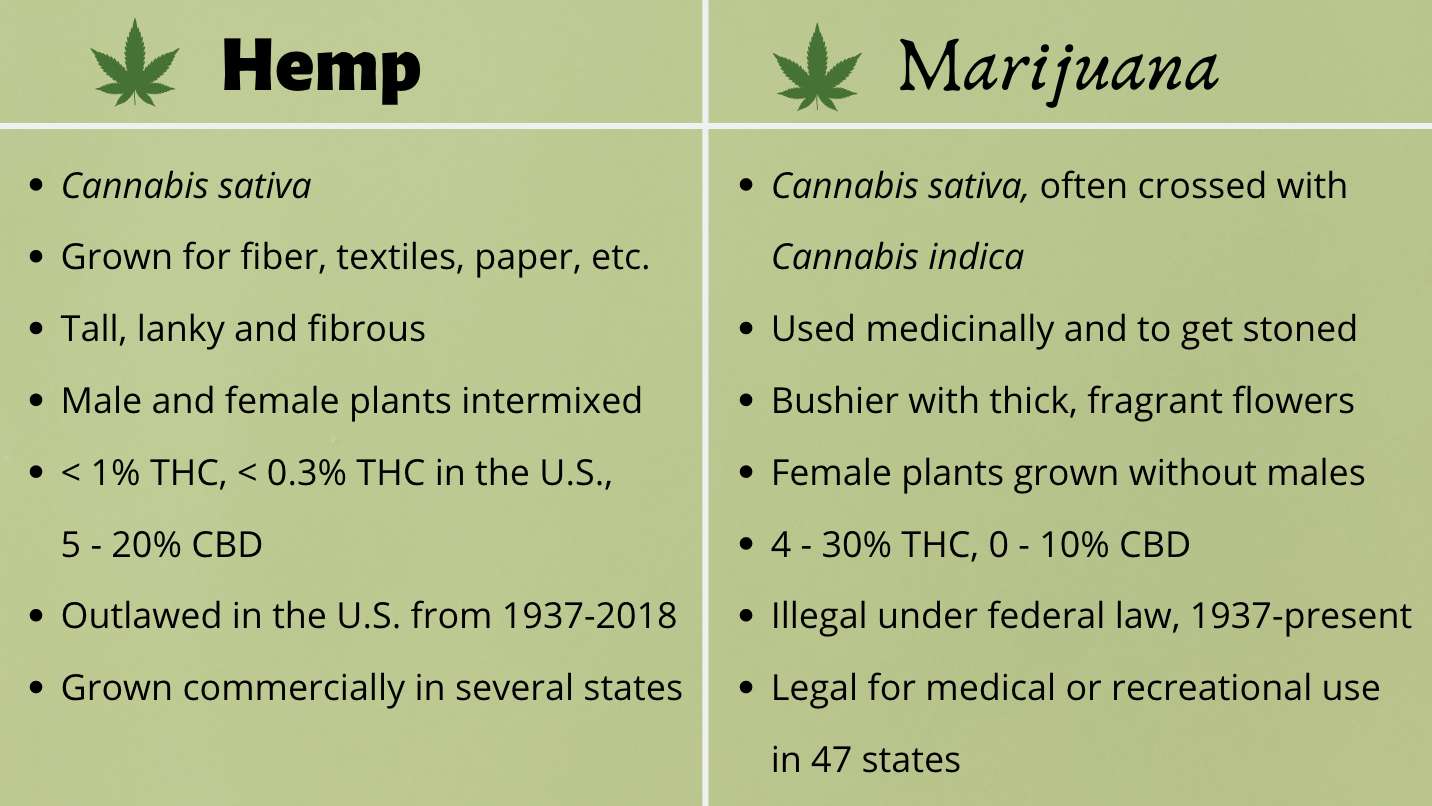
One small step for plant
Weavers and craftspeople selected those specimens with the longest, strongest stalks and fibers, and propagated them. And the witch doctors and astrologers sought out the plants with the stickiest, smelliest and most resinous flowers.
Of course, this is an oversimplification of a very long and slow process. What happened must have taken place over the course of centuries through a combination of accidents and inexact science. Naturally, some cultures may have been more selective than others. And in all likelihood, different varieties would have already been more commonly occurring in certain climates and regions.
One great leap for plant kind
Fast forward to the 19th century. The agricultural revolution has transformed the relationship between people and their natural resources. Also, the industrial revolution has transformed the way people process their resources and turn them into products.
In the 1790s, Eli Whitney’s cotton gin changed the face of the cotton industry, making it ten times faster and easier to process the plant, separating seeds from lint. More than just faster and easier, cotton also became astronomically more profitable. The industry skyrocketed, leaving hemp and flax (linen) somewhere in the shadows.
But a century later, the invention of the decorticator did something similar for hemp. This new machine greatly sped up the process of breaking the hemp stalks and loosening up their fibers. And we can see how this resulted in two things.
On the one hand, hemp’s viability as a textile crop took another leap forward, renewing its competitive edge against cotton. Also, the use of heavy machinery made it more necessary to work with hemp varieties containing less resin. In other words, the more fibrous and less psychoactive hemp was encouraged to be made even less psychoactive.
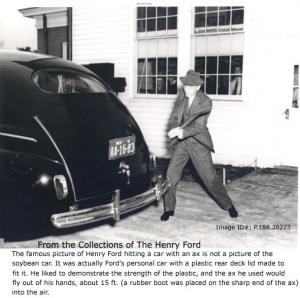
The prohibition of hemp and marijuana
It’s impossible to explain the relationship between hemp and marijuana without discussing the story of cannabis prohibition. After all, many laws see hemp and marijuana as the same thing. And when we look at the history, it appears that much of this confusion was actually quite intentional.
With the publication of The Emperor Wears No Clothes in 1985, Jack Herer told the story of hemp prohibition as it had never been told before. So much of what we know about hemp today is a direct result of Herer’s painstaking research and activism.
Essentially, Herer was able to connect the dots between a burgeoning petrochemical industry, a yellow journalism empire, a faltering bureaucracy for alcohol prohibition, and the demise of industrial hemp.
One step forward, two steps back
In 1919, Dow Chemical received a patent for pulping wood for paper by means of a new sodium-sulfite process. At the time, hemp was timber’s number one competition for paper making. Dow had the chemicals, and William Hearst, the newspaper mogul, owned the trees. Dow Chemical, in the 1920s, also began experimenting with nylon, which would be another fierce competitor with hemp.
In the meantime, the U.S. federal government was creating a huge law enforcement bureaucracy to maintain alcohol prohibition, an idea whose days were numbered.
A forces coalesced, it was clear that the chemical, textile and lumber industries had a great interest in eliminating hemp. At the same, Henry Anslinger and his law enforcement cronies were looking for a new class of inebriated criminal to persecute. And Hearst, who had already used his newspapers to incite the Spanish American War 25 years earlier, had all the tools of propaganda at his disposal.
Reefer Madness
Through the 1920s and 30s, the pages of Hearst papers across the country wailed with horror stories of stoned-out Mexicans and jazz enthusiasts on rape and murder sprees. A horrified public, who had so recently rallied behind the movement to outlaw alcohol, was ready to do the same with marijuana.
Interestingly, we can even thank Hearst and his newspapers for giving us the word marijuana. (Back then they often spelled it marihuana.) Surely, they had other slang terms for cannabis at the time, but it was the Hearst empire’s master stroke to bring the Spanish name for Mary Jane into common usage. Just a few years after driving Spain out of Cuba, anti-Hispanic racism was at an all-time high.
Smoke and mirrors
So the gullible, newspaper-reading public jumped on board, and the Marihuana Tax Act was passed in 1937. Henry Anslinger held his post as the first commissioner of the U.S. Federal Bureau of Narcotics (later to be called the Drug Enforcement Agency or D.E.A.) for 32 years. And unbeknownst to almost everyone, the chemical and tree-pulping industries got just what they wanted, and a whole industry was swept away.
With the passage of the 1937 Marihuana Tax Act, it became prohibitively expensive to cultivate cannabis. And without registering under the act, it was simply illegal to grow or possess cannabis. So the tax act effectively became a criminal law. And for the next 60 or 80 years, hemp and marijuana shared their illegal classification.

Hemp revival
Following the publication of Herer’s book, a cottage industry sprouted up in America, promising that hemp could save the planet. Beginning in the late 1990s, supporters started holding hemp rallies at federal buildings and on courthouse lawns. A few fringe members of society even set up businesses importing, producing and selling hemp products. For the first time in several decades, products clearly labeled as cannabis hemp were becoming available to American consumers.
All of which led people to ask, is this even legal? And why or why not? In fact, hemp products were probably always legal. But there was definitely some uncertainty surrounding the matter.
When I got into the hemp business in 1991, it was illegal to grow hemp anywhere in the U.S. But it was legal to import hemp fiber, hemp fabric and finished hemp products. So you could find hemp products made in the U.S.A., but the hemp was grown usually in China or Eastern Europe. Hemp seeds were also legal, so long as they had been sterilized, most often through a heat or irradiation process.

Hemp Education
Basically, there were two purposes for getting involved in the American hemp industry at that time. On the one hand, we wanted to bring hemp back to the forefront of American agriculture and industry. Even if it couldn’t save the planet, it could play a role in getting the world on track towards a more sustainable way of thinking, farming and manufacturing.
Secondly, we recognized a need to educate the public about the great many uses of hemp and its long fascinating history. Nearly a century of misinformation had created an environment of confusion and misguided governance. And as a byproduct of this education, we felt confident that people would be forced to reconsider their attitudes on marijuana once they learned more about cannabis hemp.
But at first, it seemed like the campaign to educate was producing more confusion than clarity. After remaining in the dark for all those decades, the cloudy questions came wafting out from behind the curtain like smoke through the sliding window of an old VW bus.
If it’s not marijuana, then why is it illegal? If it’s illegal, then how can you sell it? So what do they do with all the leaves and flowers after they separate the stalks? Can I smoke these pants? Or did I ask that already? And by the way, do you know where I can score a satchel?
It was a slow, uphill battle, but gradually people began to understand. And they took pride in their hemp wallets. And their hemp jeans held up like iron. And no satchels, but the hemp backpacks sure got some good mileage.
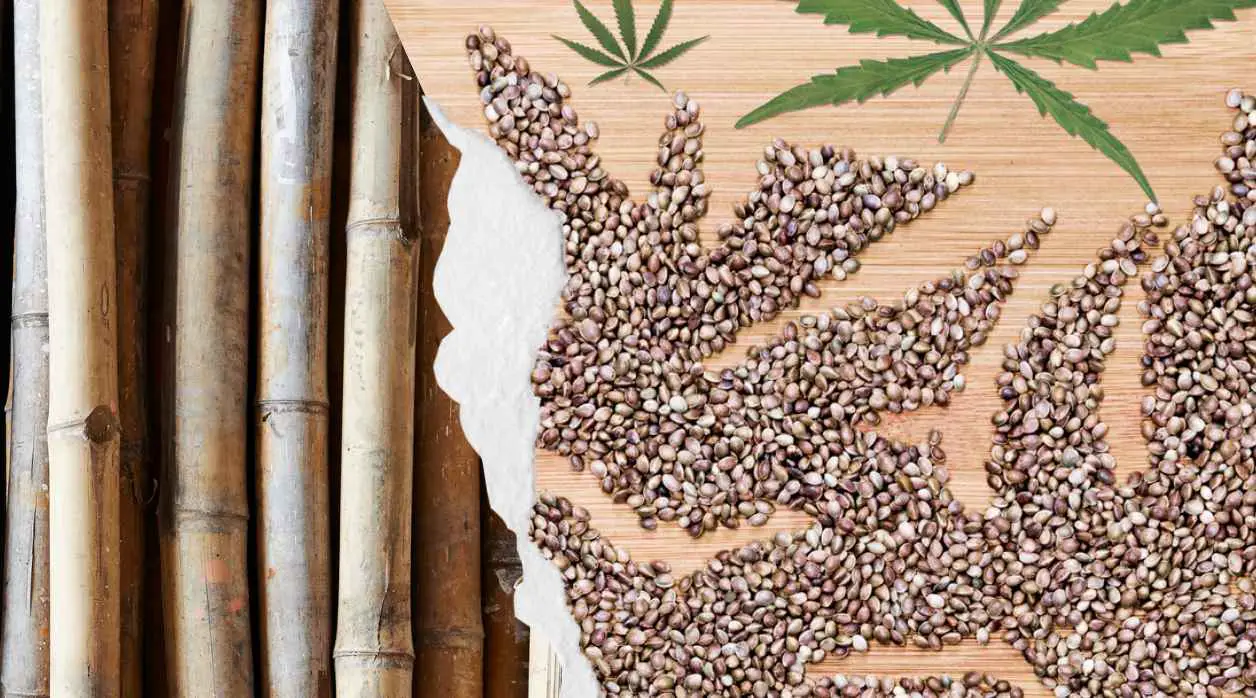
Is hemp still illegal?
Yes, U.S. federal law still considers hemp and marijuana to be the same thing. That is, until quite recently, hemp and marijuana were lumped together as Schedule 1 drugs.
In 1970, the Controlled Substances Act went into effect and named cannabis a Schedule 1, along with crystal meth, cocaine, LSD and heroin, to name a few. By definition, a Schedule 1 drug has a high potential for abuse and no accepted medical use.
Only with the passage of the Agricultural Improvement Act of 2018 did the federal government finally remove certain hemp products from the Controlled Substances Act.
State laws vs. Federal laws
You’ve probably heard that most of the country has decriminalized marijuana or legalized it for medical or even recreational purposes. These are state laws and they still contradict federal law. But for the time being, the feds are choosing to look the other way, while the states and their glassy-eyed residents do as they please. Perhaps the day is not far off when the U.S. penal code finally accepts the fact that marijuana’s worst side effect is criminal incarnation.
Thanks to the Agricultural Improvement Act of 2018, also known as 2018 U.S. farm bill, industrial hemp with less than 0.3 percent THC is now an ordinary agricultural commodity. Hemp farmers across the country have access to water rights, federal agricultural grants, and the national banking system. Senate Majority Leader Mitch McConnell introduced this legislation, which had already passed with some popularity in his home state of Kentucky.
As of 2022, industrial hemp farming is finally making a comeback in the U.S. Currently, the states of Montana and Colorado are leading the way, along with Oregon, Kentucky and Tennessee.
On the cutting edge of cannabis
Since the psychedelic revolution of the 1960s, the hybridization and artificial selection for high-THC cannabis has surged ahead at a mind-rattling pace. As hippies ventured around the world on their soul-searching sojourns, they kept returning to California with exotic seeds of Panama Red, Colombia Gold, Thai Stick, and the illustrious Afghani.
The south Asian strains of Afghanistan and the Indian highlands are commonly known as Cannabis indica. But it’s not clear whether the indica varieties actually belong to a different species. Clearly, sativa and indica strains are capable of cross-pollinating, and with some rather astonishing results.
Shorter and bushier in character, indica genetics have no place in an industrial hemp crop. But some amount of indica is highly desirable in most marijuana varieties. Whether for medicinal use or pure recreation, indica tends to produce the more sedated effects. Turn on the black light and turn up the Pink Floyd. Sativa, on the other hand, will get the heart racing and send you hiking into the woods or painting a mural in your living room.
Cannabinoids
Some say that cannabis plants contain a total of 420 diverse cannabinoids, or active compounds. It sounds good, and it would explain the bumper stickers. But it’s hogwash. A more scientifically accurate number would be around 120. And a benefit of hybridizing different strains of sativa and indica is to get more of these cannabinoids working in harmony.
The most important cannabinoid, as far as psychotropic side effects are concerned, must be THC. As mentioned above, this is the compound they test for when distinguishing between industrial hemp and mind-altering Mary Jane.
But the psychoactive landscape is far more complex than simply the fluctuating levels of THC. Of the 100+ compounds, several of them are considered important, but all of them add a little shade of color to the overall rainbow. Even though many of these cannabinoids are not actually psychoactive on their own.
THC typically occurs in the highest levels, and is the principal psychoactive constituent of marijuana. We might say that it’s responsible for the Jimi Hendrix effect, capable of rocking your world. CBN is another constituent, appearing in trace amounts, usually in older or low-grade cannabis. We could say it produces the Doobie Brothers effect, something hardly noticeable.
And these days everyone is talking about CBD, reputed for its medicinal properties, although not exactly psychoactive per se. Studies show that CBD can be very beneficial for pain, anxiety and other conditions. And I like to think of it as producing the Crosby Stills & Nash effect. It doesn’t make you loopy, but it sure sounds nice.
Can a low-THC hemp plant produce significant levels of medicinal CBD?
If industrial hemp has less than one percent THC, and plants with more THC are considered marijuana, then you might ask, what about CBD?
Now that recreational and medicinal cannabis are legal across more than half of the country, maybe it’s not such a pressing question. But cannabis genetics can get confusing, and so can the laws. So I’d like to know. Where is all this CBD oil coming from?
Hemp flowers for CBD
Those obsessive pot breeders who have spent the last 40 years getting THC levels from 3 percent to 30 percent, are now changing course. They aren’t giving up on THC, but to satisfy a new market, they are bringing back older strains with lower THC and higher CBD. Because it’s impossible to grow cannabis that’s very high in both.
In fact, the highest levels of CDB, up to 30 percent, occur in cannabis varieties with negligible amounts of THC, like hemp. But there’s a third category that has balanced quantities of CBD and THC, and these strains are the source of most commercial CBD oil.
With the passage of the 2018 U.S. Farm Bill, industrial hemp cultivation is now legal at the federal level. While a handful of states have yet to lift the prohibition, most of the country is moving forward quickly to make the most of this incredible crop.
And one of the greatest economic incentives right now is CBD oil. Currently a billion-dollar-a-year industry, many expect CBD to grow as much as twenty-fold by the year 2020. Researchers and farmers are working hard to develop and identify strains that produce the most CBD while still falling below the 0.3% THC level to qualify as industrial hemp.

CBD producers are even growing hemp very similarly to marijuana. Because CBD is produced in the cannabis flower (just like THC), it’s more advantageous to only grow female plants. So many hemp growers are now seeking feminized seeds, more likely to produce female plants. They are also growing from clones, cuttings taken from female plants that are guaranteed to be female.
If these practices continue, cultivating bushy hemp plants to produce the largest possible flowers, it might indeed become very difficult to distinguish low-THC hemp from high-potency marijuana.
Is hemp oil the same as CBD oil?
Hemp oil and CBD oil are actually two very different things. But unfortunately, a lot of sloppy marketing material has created a whole new wave of cannabis confusion. Hemp oil, sold as a nutritional supplement high in minerals and fatty acids, is actually oil from the hemp seed. (High-grade marijuana, to be clear, consists only of female flowers and does not produce seeds.)
CBD oil, by contrast, is extracted from cannabis flowers. In the absence of THC, CBD does not itself produce any psychoactive side effects. Yet it does have a long list of medicinal benefits.
What does the future of cannabis look like?
It’s impossible to say, but I think that legalization is definitely going to open the doors to some surprising innovations in both hemp and marijuana. From industrial products like paper, textiles and insulation; to nutritional supplements like hemp nut and hemp oil; and a full spectrum of medicinal products.
Currently, the promise of low-THC hemp to produce medicinal CBD for pain and anxiety is the most interesting thing on the horizon. Will this lead to a gold rush for farmers looking to avoid conventional pharmaceuticals and the risk of getting high? Will the distinction between industrial and medicinal grow hazy? Who knows how all this will unfold?
We should expect to see a fantastic array of new cannabis offerings. But as with any new and changing industry, we need to stay and informed and be wary of things that are not what they seem. As discerning consumers, it’s up to us to hold cannabis to the highest standards so that it can live up to its greatest potential.
Further reading
To learn more about hemp and bamboo as viable natural resource, check out some of our other popular articles.
- Hemp Laws in all 50 U.S. States
- Hemp vs. Bamboo: The ultimate comparison
- What’s so great about Bamboo?


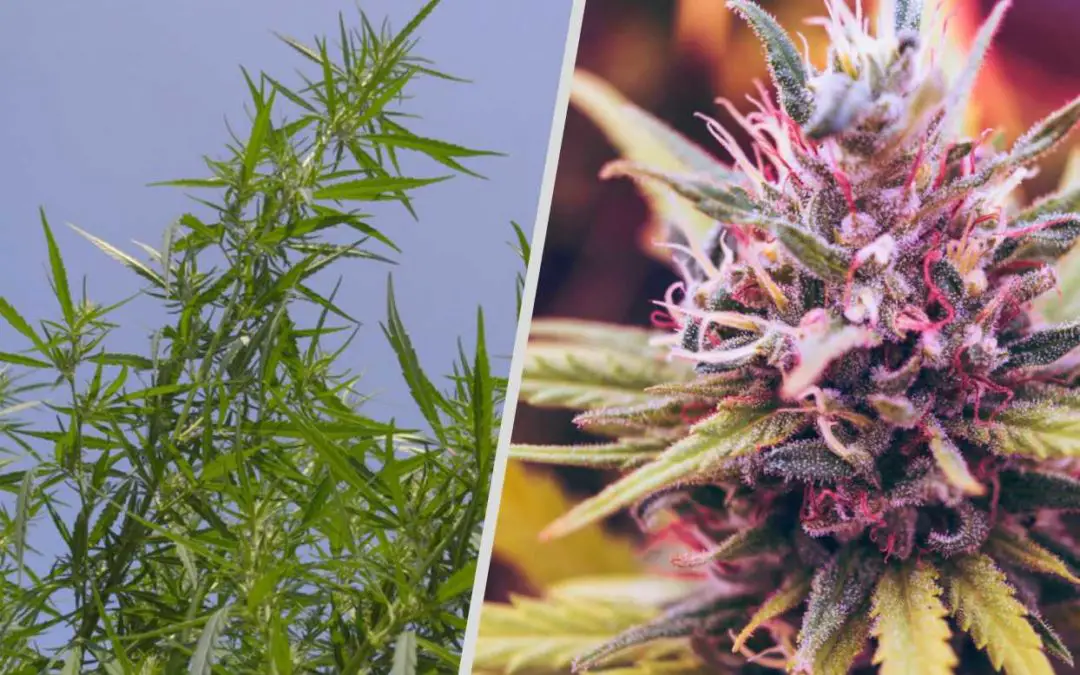



















WHOA! that’s a ton of information. Mine is indica.
It would be interesting to know what strains they’re using. When they say Indica, that means it has a lot of Indica in it, as there’s no such thing as a “pure Indica” strain. But generally the Indica dominant strains are more sedative and bodily relaxing (good for listening to Pink Floyd and napping), whereas the Sativa dominant strains tend to be more uplifting and energizing (good for hiking and hula hooping).